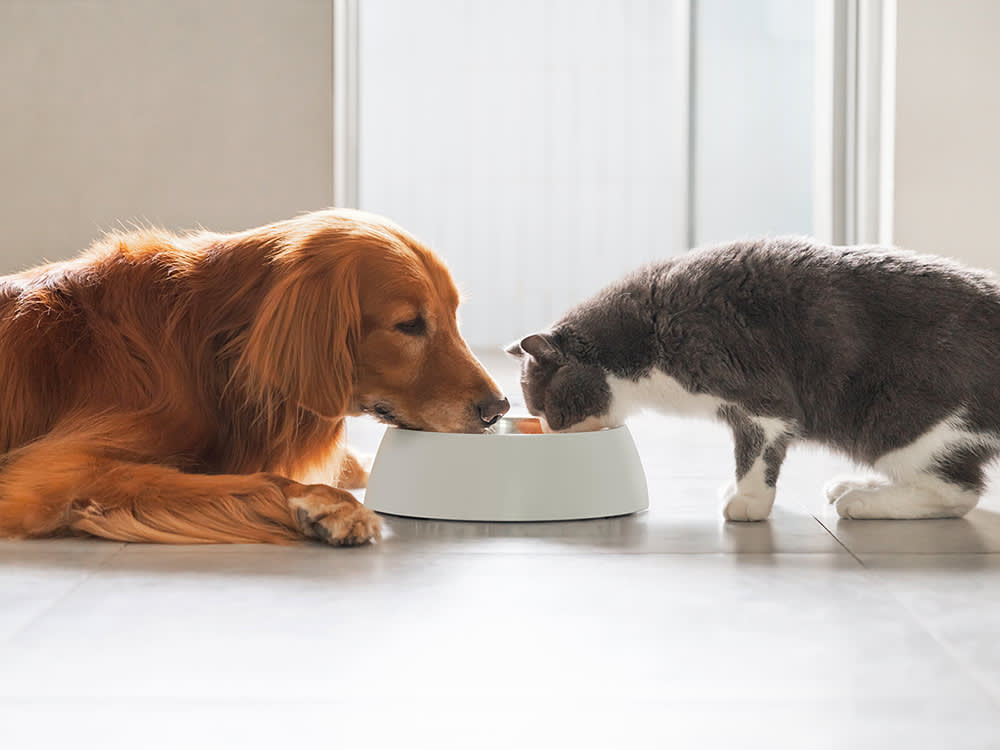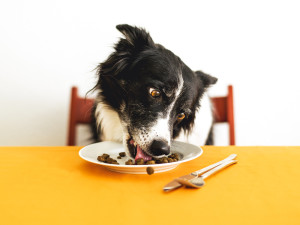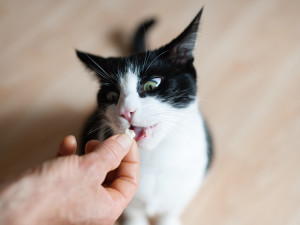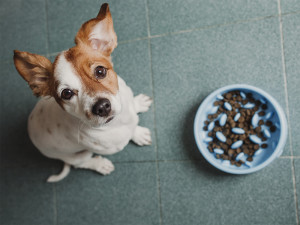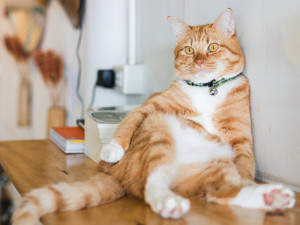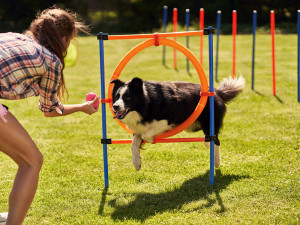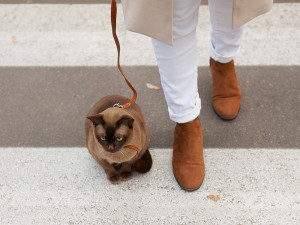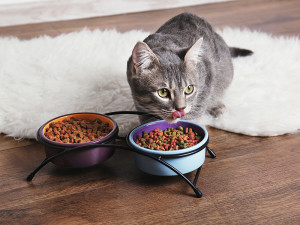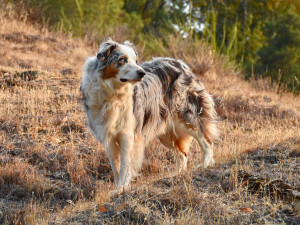Help Your Chonky Pet Lose Weight
This National Pet Obesity Awareness Day, here are pro tips to help make sure your pet isn’t packing on too many pounds.
The problem of pet obesity definitely isn’t new, but a more recent trend continues to grow: Many people don’t even seem to recognize — or want to admit — that their dog or cat is overweight. If you have an overweight cat or dog, it can be a difficult balance between wanting to spoil them and wanting to keep them in the best health possible. However, with moderation and consistency, you can ensure your pet reaches a healthy weight without discomfort.
Recognizing when weight loss is needed
It’s common for people to be advised to put their pets on a weight reduction program, but many people decline to participate. Why? Some of that may be because of the effort it takes to help our pets lose weight. It takes careful consideration of food type and amount as well as the attention to extra exercise — weight loss is a big project. But another reason may be that people are just not convinced that their pet needs to be any lighter.
Sticking with a healthy diet
“A healthy diet is integral to successful weight loss,” says Dr. Lori Teller, an associate professor in the Texas A&M University College of Veterinary Medicine & Biomedical Sciences. Dr. Teller advises that treats, whether specially made for pets or table food, should not make up more than 10 percent of a pet’s diet, and when given, the calories of a treat should be included in a pet’s total daily intake.
“Healthy treats may include green beans, baby carrots, celery sticks, or apple slices,” Dr. Teller says. “There also are other ways to treat pets besides food; many pets may be satisfied with some attention, whether that is a game of fetch, a catnip toy, or a chin scratch. Your veterinarians can make recommendations on healthy treat options as well.”
How much do you spend on your pet per year?
Figure out a weight loss plan
Pet parents with an overweight dog also should consult with their veterinarian to set a weight-loss plan that is best for their animal. As a general rule, Dr. Teller says that a gradual reduction in body mass is safest.
“Weight loss should be done in a stepwise fashion; pets should be weighed monthly to determine if they are losing weight appropriately,” Dr. Teller says. “Rapid weight loss can lead to problems, such as liver disease or nutritional imbalances, and weight loss that is too slow prolongs the adverse effects of excess weight to the pet’s health.”
Get moving with your dog
Exercise can also be a healthy tool in promoting weight loss. For dogs, this can include walks, swimming, frisbee or fetch. If a dog is resistant to exercise, Dr. Teller recommends starting slowly. Taking walks in new areas may help mentally stimulate your dog in new ways, and, as a result, your dog may not even realize that they are going out for exercise.
If your dog is hesitant to get moving, Dr. Teller also recommends ruling out underlying health problems that may make exercise painful for them. “Dogs that are extremely overweight or obese may have an orthopedic problem, such as a torn cruciate ligament or herniated disk, that causes pain or discomfort with exercise,” Dr. Teller says. “Rule out or treat underlying medical problems and talk with your veterinarian about an appropriate exercise plan. Some dogs may benefit from a few sessions of physical therapy to gain better mobility.”
Exercise has benefits for cats, too
Cats may be encouraged to move with certain toys, such as a laser pointer. Cats generally don’t like to work for their food, but Dr. Teller says pet parents can place the cat’s food in a location where they will have to work to get it, such as on top of a tall cat tree. Don’t rule out going out for walks with your cat. “It is possible to train a cat to walk on a leash and go for walks,” she says. “This needs to be done slowly over time, but there are many owners who make this work.”
Adjust meal times to remove temptation
Just as humans trying to lose weight may find themselves tempted by snacks, pets can also get impatient between meals. Dr. Teller recommends breaking a pet’s food into multiple meals throughout the day — anywhere between two and four — and providing food on a regular schedule to reduce hunger.
“One more way that owners can help their pets is to feed the pet’s entire daily food supply in puzzle toys,” Dr. Teller says. “This is both mentally and physically stimulating. The pet will need to figure out how to get the food out of the toy. This will also make the pet eat more slowly, thus helping the pet to stay satiated for longer periods of time.”
Although saying “no” to a begging pet may be difficult, the health of a beloved animal is well worth the discipline. “Remember that animals that maintain at a healthy weight throughout their lifetime can live an additional two years over that of an overweight pet,” Dr. Teller says. “That two years is worth the effort to keep your pet at a healthy weight.”
